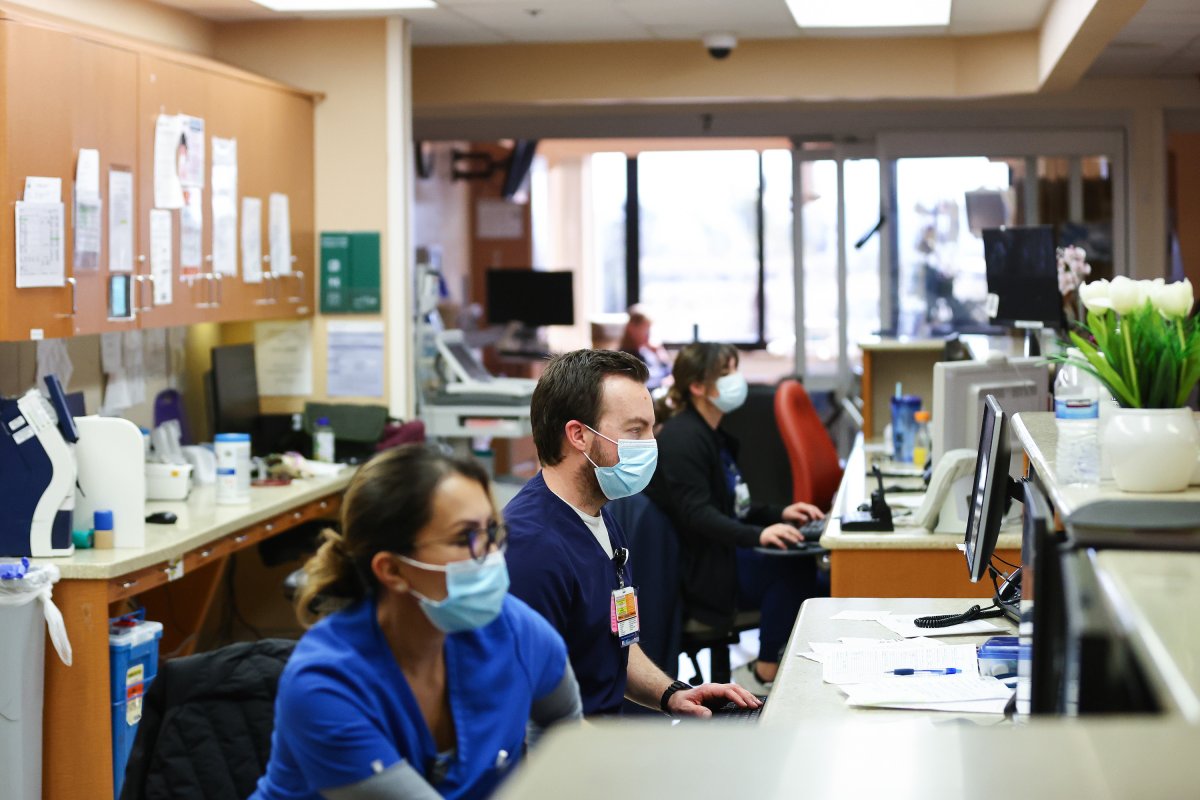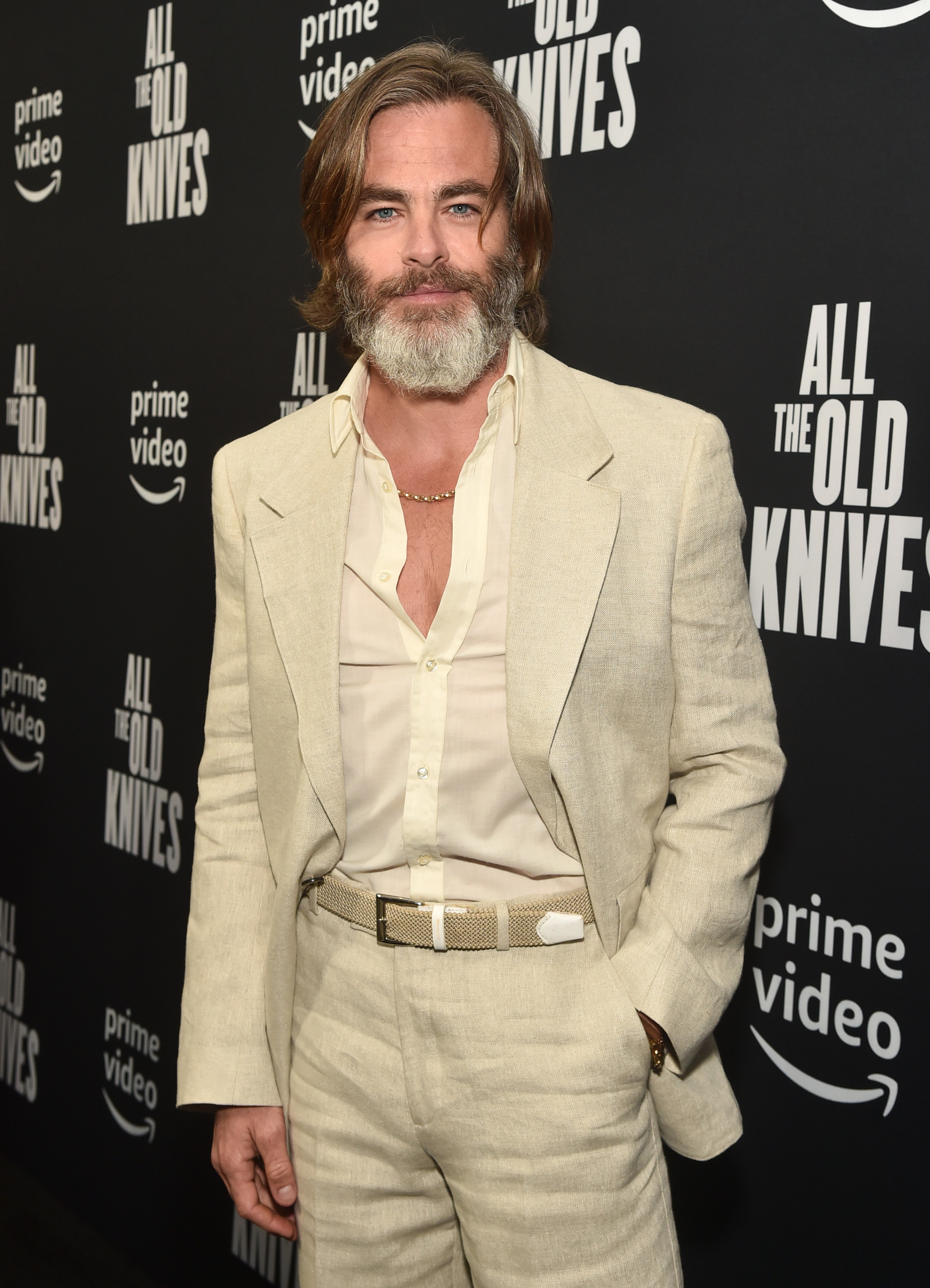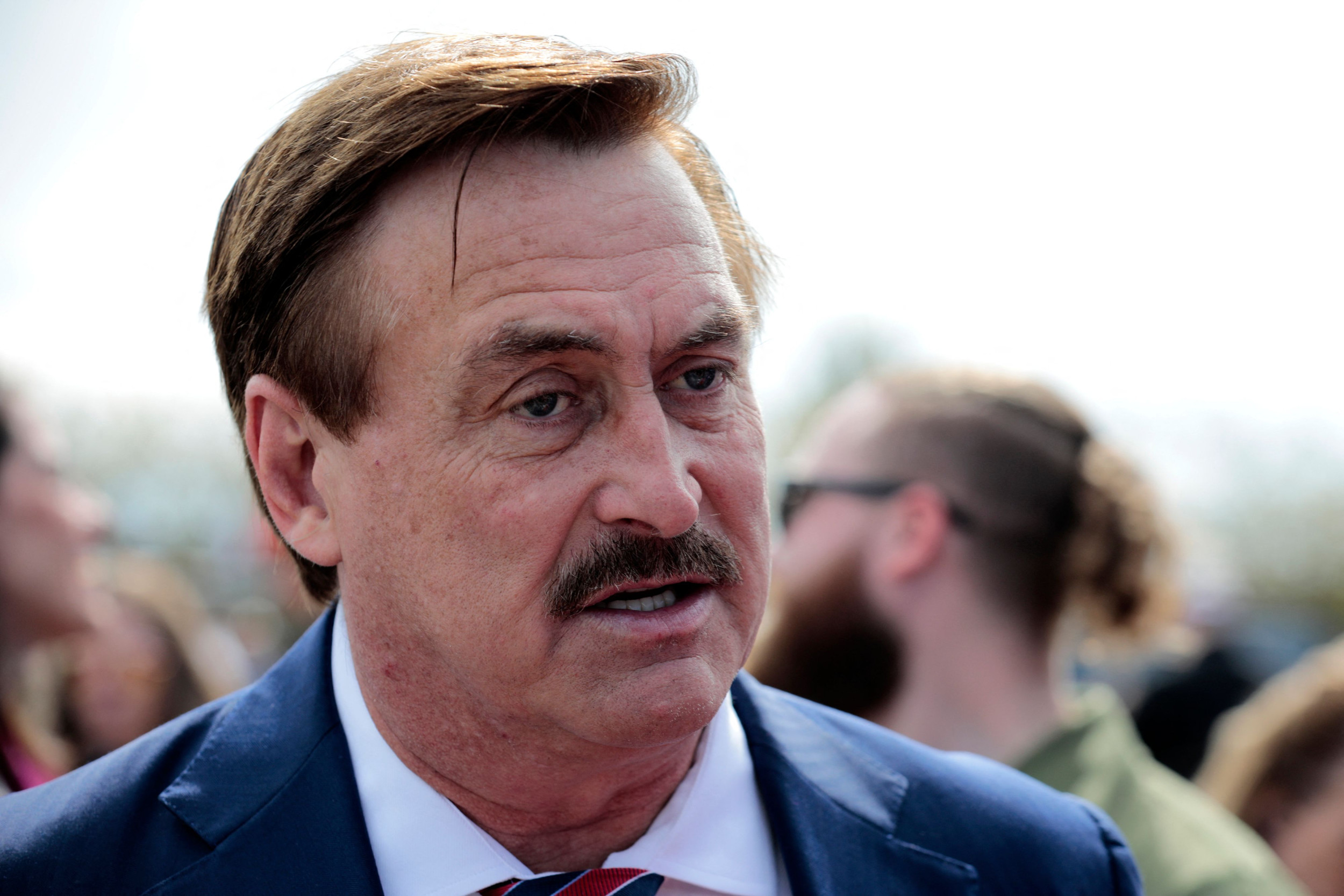With just over 30 weeks left before the 2024 election, Democrats are debating which voters to put at the center of their summer and fall efforts. Some want to focus on young people, others on college-educated voters. Many in the party want to focus outreach on non-college and blue-collar workers—a group with whom Democrats haven't fared very well in recent years.
The last group has a very good point. But they (and media covering their debates) need to start with a realistic appreciation of who America's working class is, and what workers hope to see this year. In both parties, politicians often seem to be talking past much of America's working class—that is, the service workers who make up a large majority of it—and missing their aspirations. Appealing to them, as well as to manufacturing and construction workers, offers Democrats a chance to cement a winning coalition.
Who, first of all, is today's American working class? The traditional image has been mostly male, doing physical work in goods-production. Fifty years ago in 1973, when Joe Biden was taking his first oath of office and Donald Trump was appearing in court to give his first deposition, this wasn't entirely wrong. According to the Bureau of Labor Statistics (BLS), back then, 19 million manufacturing workers made up the largest single group among the 70 million American private-sector workers. Along with 6 million farmworkers, construction workers, and miners, goods-producing blue-collar work employed two-fifths of U.S. workers.
As of 2023, according to BLS, factories, mines, farms, and construction sites employed nearly as many Americans as in 1973—23 million—but most workers are now in blue-collar service industries. The largest group is the 21.5 million men and women in health care and social assistance. Next come 15.6 million retail workers, then 13 million manufacturing workers, with 12.2 million in restaurants and other food service jobs close behind.
As working-class occupations evolved, so too has the demographic breakdown of this group. Today, 55 percent of America's working class are white, 13 percent are Black, 23 percent are Hispanic, and 9 percent are other or multiple races. Women make up nearly half of the working class, and 8 percent have disabilities. This breakdown is considerably more diverse than statistics show for college-educated Americans.
And what does this large galaxy of workers think? Last fall, the Progressive Policy Institute asked them, commissioning a YouGov survey of working-class attitudes nationally and in seven 2024 battleground states.
Most respondents believed the last 40 years have not been kind to them. Few, though, were discouraged. In fact, they had lots of ideas on what their biggest problems were, how to improve working life, and where both parties were going wrong.

First and foremost, they're worried about prices. When asked what America's greatest economic challenge is, 69 percent of respondents said either the high cost of living or inflation outpacing wage growth. Another 11 percent said high deficits and debt are the greatest challenge. No other issue reached double digits.
Second, though they share the candidates' affection for "bringing back manufacturing," they weren't all thinking of factory work as their next career step or their children's first-choice occupation. The Biden administration (as well as the Trump and Obama administrations) have laid heavy emphasis on reviving U.S. manufacturing. These voters may share their enthusiasm for manufacturing's role in the economy, but are actually looking elsewhere for themselves and for their children's future. In fact, the actual workers' top choice for their child's career (44 percent overall) was the communications and digital sector.
And third, they want their leaders to give workforce education and training the same attention as college degrees. Working people want less credentialism and hope to see more public investment in apprenticeships and career pathways (74 percent) plus "affordable, short-term training programs that combine work and learning." College loan forgiveness, by contrast, is not as popular. Fifty-six percent of respondents stated paying off this debt isn't fair to the majority of Americans who don't have college degrees.
Either party, or both, have an open invitation to capture these voters' attention with a national workforce agenda that promotes alternative paths to a four-year degree. That means reinventing high school to be more career-oriented, expanding high-quality skill development models like apprenticeship, and reforming our federal financial aid system to make it easier for people to access postsecondary education and training for in-demand jobs.
It's clear blue-collar workers feel they know what support they need—but aren't getting it from either party. As November nears, political leaders are right to reach out to these voters. But they need to understand who they're talking to and what their audiences' concerns might be.
The winning candidate is likely one whose audience extends beyond America's 23 million assembly-line workers and construction-site applicants, to the 55 million waitresses, security guards, salon hairdressers, grocery clerks, and bus drivers. They know what they want: an economy with more stable prices and a new set of government services focused on non-college workers, hoping to raise wages and qualify for better jobs. And they're waiting for the candidate who's listening and responding. President Biden should fill that void.
Ed Gresser is Vice President and Director for Trade and Global Markets at the Progressive Policy Institute. Taylor Maag is Director of Workforce Development Policy and the New Skills for a New Economy Project at the Progressive Policy Institute.
The views expressed in this article are the writers' own.
Uncommon Knowledge
Newsweek is committed to challenging conventional wisdom and finding connections in the search for common ground.
Newsweek is committed to challenging conventional wisdom and finding connections in the search for common ground.
About the writer
To read how Newsweek uses AI as a newsroom tool, Click here.






